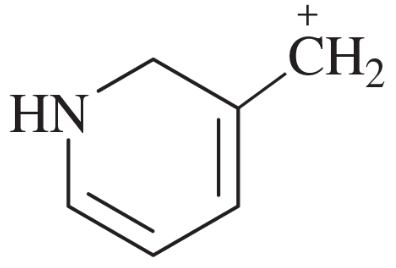For each of these ions, draw the important resonance forms and predict which resonance form is likely to be the major contributor.
(a)

 Verified step by step guidance
Verified step by step guidance Verified video answer for a similar problem:
Verified video answer for a similar problem:



 3:34m
3:34mMaster The rules you need for resonance: with a bite sized video explanation from Johnny
Start learning